Weezer (Blue Album)
Buy Weezer Twenty years ago this weekend, Weezer stormed into rock and roll consciousness with their potent, popular, and critically acclaimed self-titled debut, which has come to be known as simply the “Blue […]
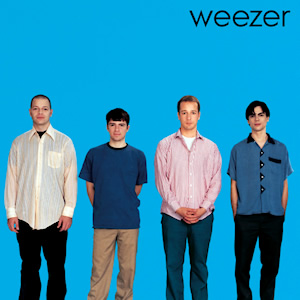
Buy Weezer Twenty years ago this weekend, Weezer stormed into rock and roll consciousness with their potent, popular, and critically acclaimed self-titled debut, which has come to be known as simply the “Blue […]
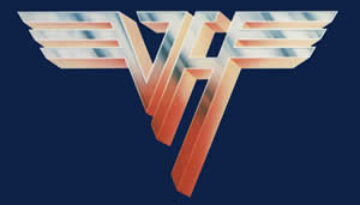
Buy Van Halen II While rarely cited as one the group’s best works, Van Halen II, features some of the band’s best individual tracks and may well showcase Van Halen at its cohesive […]
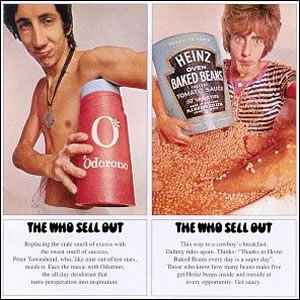
Buy The Who Sell Out After establishing themselves as a successful singles band in the mid 1960s, The Who made a concerted effort to concentrate on making cohesive albums. This all commenced with […]
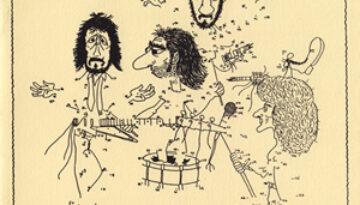
Buy The Who By Numbers With both the successes and failures of conceptual rock operas behind them, The Who made a transitional record with 1975’s The Who By Numbers. The album contains some […]
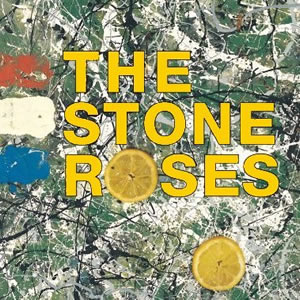
Buy Stone Roses Like lightning in a bottle, The Stone Roses debut album captured the energy of an emerging movement which would influence the British pop scene for the better part of a […]

Buy The Kinks are the Village Green Preservation Society Although it barely made a ripple critically or commercially upon its release the concept album The Kinks are the Village Green Preservation Society would […]
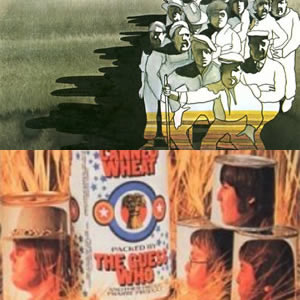
Buy Wheatfield Soul Buy Canned Wheat Although the group was already over a decade old and had already released three albums, the pop career of The Guess Who really got underway with the […]
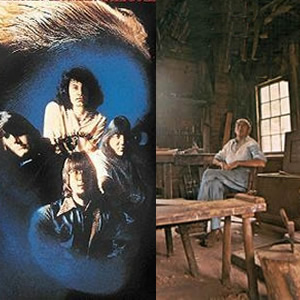
Buy American Woman Buy Share the Land The year 1970 saw the apex of popularity for The Guess Who as well as the initial cracks in their band unity. The two albums they […]
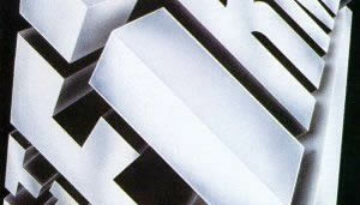
Buy The Firm There was much anticipation ahead of the release of The Firm’s debut album. This “super group”, anchored by former Swan Song label mates Jimmy Page of Led Zeppelin and Paul […]
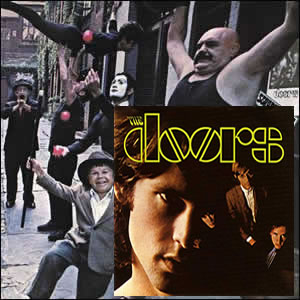
Buy The Doors Buy Strange Days I have been a fan of The Doors music since I was about 12 or 13 and have constantly gone back and forth over which is their […]